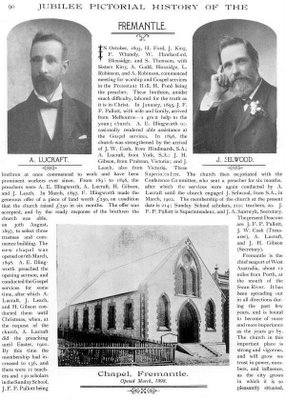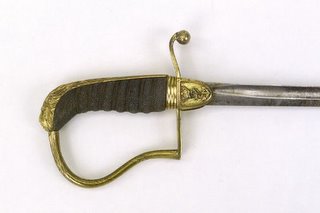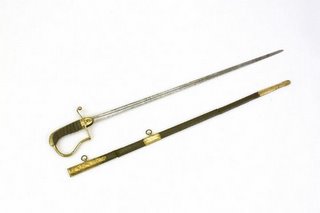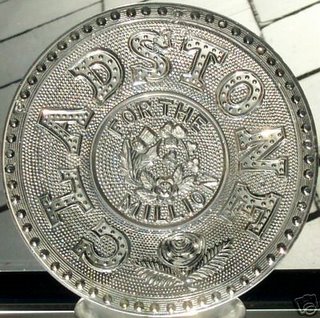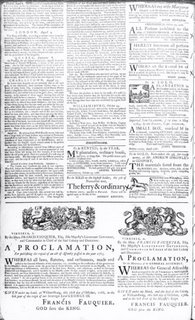
In 1766 there was a severe hurricane in Jamaica and around the islands of the West Indies. Captain John Leaycroft, who was a member of the Leaycraft family of Beaufort North Carolina, was in Jamaica days afterwards and his report was published in the Virginia Gazette on 24th October 1766. I have more material on this family, who originated in Bermuda and after Beaufort went on to live in New York, Virginia and Quebec. I have been in touch with living descendants.
Sept 8 1766 ; The Virginia Gazette
Capt.John Leaycroft, who arrived here laft Saturday from Jamaica, and left Kingfton the 16th of Auguft, gives us the following information, viz.
‘That though the inhabitants of that ifland were very much alarmed with the fhocks of an earthquake felt there in the night of the 11th of June, and on the fea, quite acrofs to Cuba, yet flight fhocks had been fo frequent fince, at leaft twice or thrice every week, that they were now fcarcely regarded. That he heard frequent reports of an earthquake having done confiderable damage at St Jago do Cuba, but no particulars until three days before his departure, when he dined in company of the mafter of a Spanifh veffel, lately from Cuba, who informed the company that St Jago was totally deftroyed, not a brick or ftone houfe left ftanding, and the Moro caftle there levelled with the ground; that the fhock was fo violent and fudden that near 5000 perfons were buried in the ruins of fwallowed up, and the earth rolled like the fwell of a fea.
‘Capt. Leaycroft did not afk when this happened, but underftood it to be on or about the 11th of June. That when he came out of Kingfton harbour (Auguft 16th in the morning) he had the wind at W. to which a calm foon fucceeded; and about 100 o’clock a fevere ftorm, or hurricane came on, and continued without abating until 5 in the afternoon, blowing from the E.N.E. which he fuppofes to have done confiderable damage. That on the 30th he fpoke with a fnow from Jamaica for Liverpool, John Hawkins mafter, who left Kingfton the 20th, and informed him that though the hurricane which happened on the 16th had been very fevere, yet no very confiderable damage had been done thereby, except to a large fugar loaded fhip, which was drove afhore at Port Morant, and many fmall veffels wrecked in the ports, and on the coaft moft expofed to the wind. The 3rd inftant he faw a difmafted deep loaded ship in the gulf, but did not fpeak with her.’
The University of the West Indies refers to this event in its website report of the Seismology Department.
I have copied the text out with the ‘s’ as ‘f’ in all those cases where the ‘f’ was used from the font. It makes for hard reading in the modern Arial font, but somehow is more natural in the old seriffed font.
I have put up a picture of the whole page from the paper. If anyone really wants to read it for themselves, they can find it on the Colonial Williamsburg website, at
http://www.pastportal.org/cwdl_new/VA_Gazet/Images/PD/1766/0139hi.jpg
